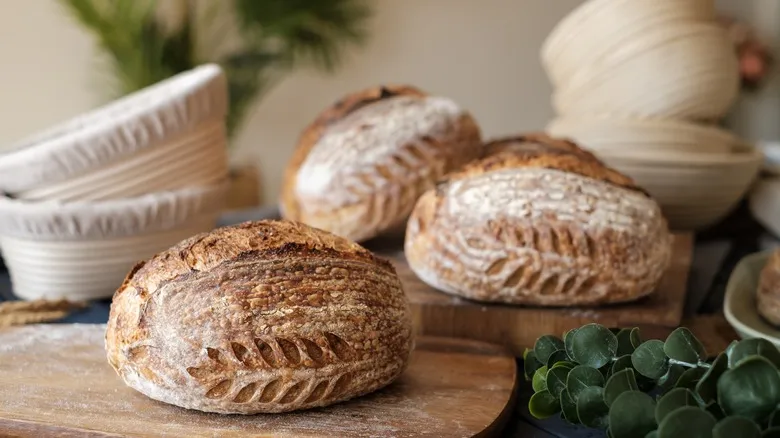How a banneton actually works
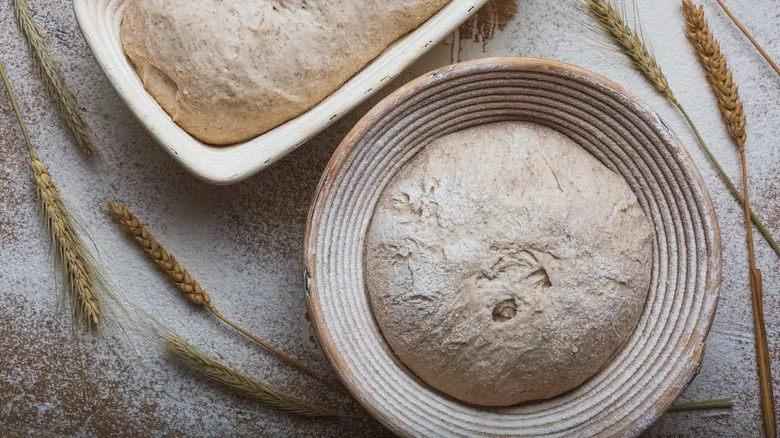
Bannetons are available in various shapes, primarily round and oval, as well as different sizes. At first glance, it may seem that their shape and the support provided by the basket's side walls are the only factors enabling their function. However, there's more to it than that. A scientific explanation lies in the materials used to construct the baskets and their liners.
Most bannetons are crafted from rattan (or cane), wicker, or wood fiber, and can be used with or without a linen liner. These materials are inherently breathable. When you dust the basket with flour and place the dough inside, the flour absorbs some moisture from the dough's outer surface. This moisture then wicks away through the liner and/or the basket, keeping the dough's surface relatively dry. Essentially, the basket allows the dough to breathe during the proofing process.
This drying effect offers two key advantages: First, it prevents the dough from sticking completely to the banneton, allowing it to rise freely and detach easily when it's time to move it to the baking tray. Second, the dry surface forms a skin around the dough, which enhances crispness once it’s placed in the oven, resulting in the beloved crunchy crust we all enjoy. However, it’s important to properly care for a banneton to ensure it continues to perform at its best.
How to care for and use your banneton
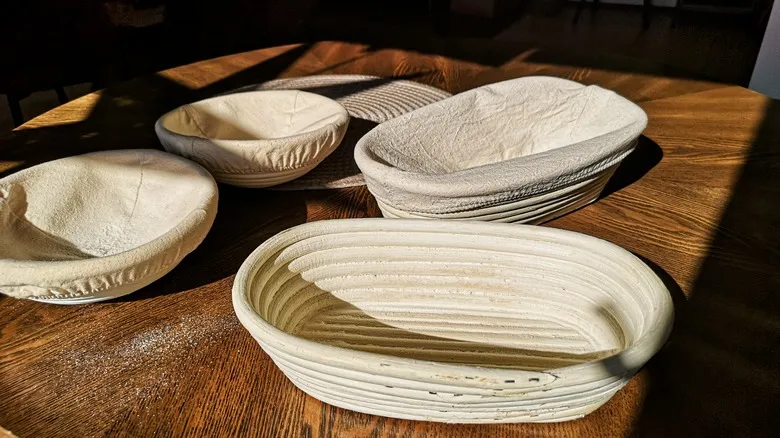
The initial step in caring for your banneton is to prepare it for proofing. A brand-new banneton performs better after a few uses, as the regular application of flour enhances its nonstick properties—a process referred to as seasoning or conditioning. However, you don’t have to wait for this natural seasoning; there’s a quicker method.
Start by spraying the basket with water, then generously sprinkle dusting flour inside, making sure it fills every groove. Allow it to sit for a few minutes until it dries, then turn the basket upside down and tap it on the countertop to remove any excess flour. With this, your proofing basket is ready for use. To prevent sticking, simply dust the basket with flour or rub flour onto the liner (if you’re using one) before placing the dough inside.
After each use, clean the banneton by tapping out the loose flour, and if needed, gently brush away any remaining bits with a firm-bristled brush. You don’t need to wash the basket after every use unless there’s a significant amount of sticky dough. However, every few weeks, it’s advisable to sterilize the basket by placing it in a low oven (around 200 degrees Fahrenheit) for 30 minutes to an hour. Finally, always store your banneton in a dry, well-ventilated, and preferably warm location to prevent mold growth.
Don't have a banneton? Try these alternatives
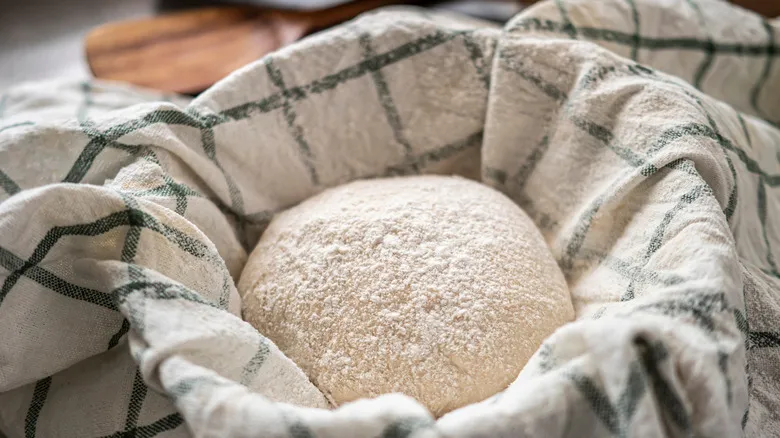
While a banneton is the best tool for holding your dough during the final proofing stage, there are several common kitchen items you can use as substitutes if you don’t have one. To mimic the function of a proofing basket, an ideal alternative should consist of a breathable, bowl-shaped container and a fabric liner (the liner is essential for a makeshift banneton).
For the container, since most kitchen items aren’t made from breathable materials, look for one with perforated walls. Some convenient options include a colander, a Thermomix basket, or a ricotta basket. If you don’t have any perforated containers, you can use a regular bowl made of plastic, stainless steel, ceramic, or glass.
For the fabric liner, choose a thin cotton or linen cloth. Napkins, tea towels, or cotton pillowcases work well. Once you have your container and cloth ready, dust the cloth with flour thoroughly before placing it inside the container and setting the dough on top. Another alternative is to use just a linen towel: dust it, fold it, and tie it into a boat-like shape, then place it on a flat surface and put your dough inside. Keep in mind that whichever alternative you choose, your dough may not turn out as smooth or perfectly shaped as it would with a banneton.
Recommended
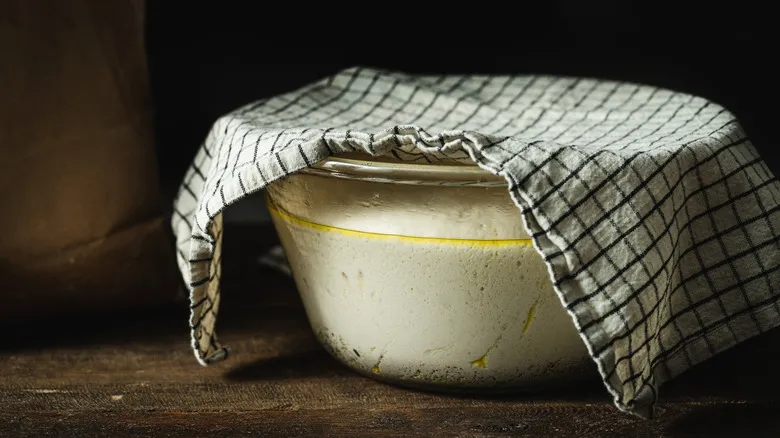
One Cheap And One Expensive Way To Proof Bread Faster

Butter Vs Shortening: Christina Tosi Weighs In On What's Best For Pie Crust

The Decadent Coffee Dessert That Was A Favorite At Buckingham Palace

Borrow An Ingredient From Your Bar Cart For Moister Cakes
Next up

